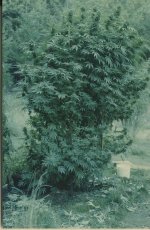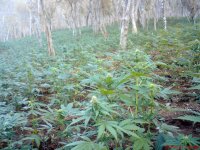ive pondered this deeply over the years of collecting in different cannabis hotspots....
i bring heirloom vegetable seeds, dry fruit, topical antibiotics, and ball point pens....
we need to think from our hearts not our ego's....
i bring heirloom vegetable seeds, dry fruit, topical antibiotics, and ball point pens....
we need to think from our hearts not our ego's....








 lol jk
lol jk

